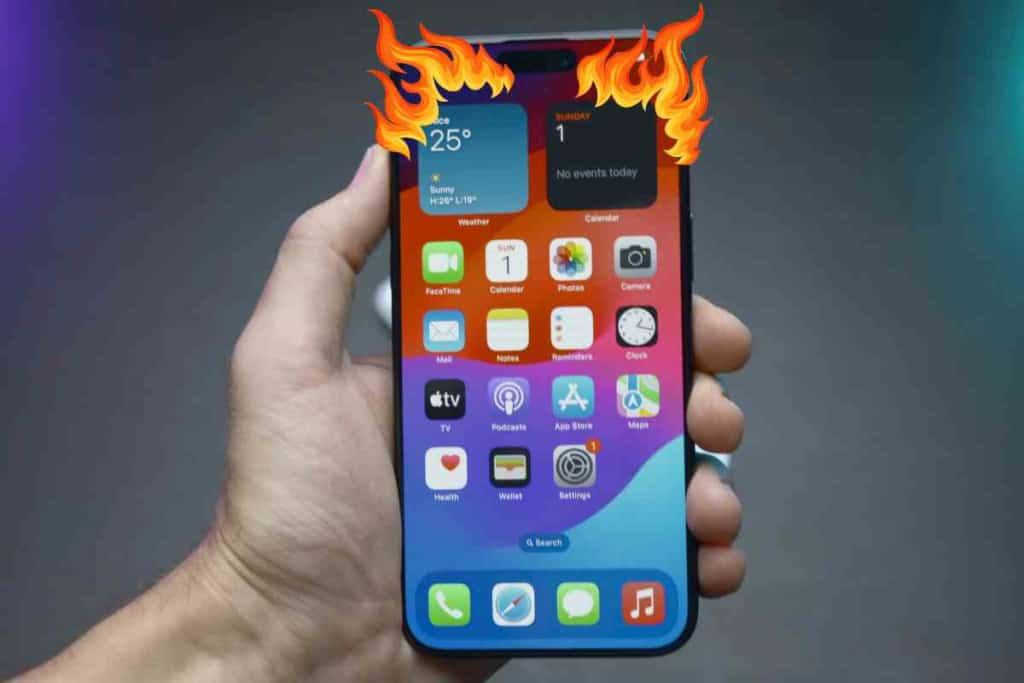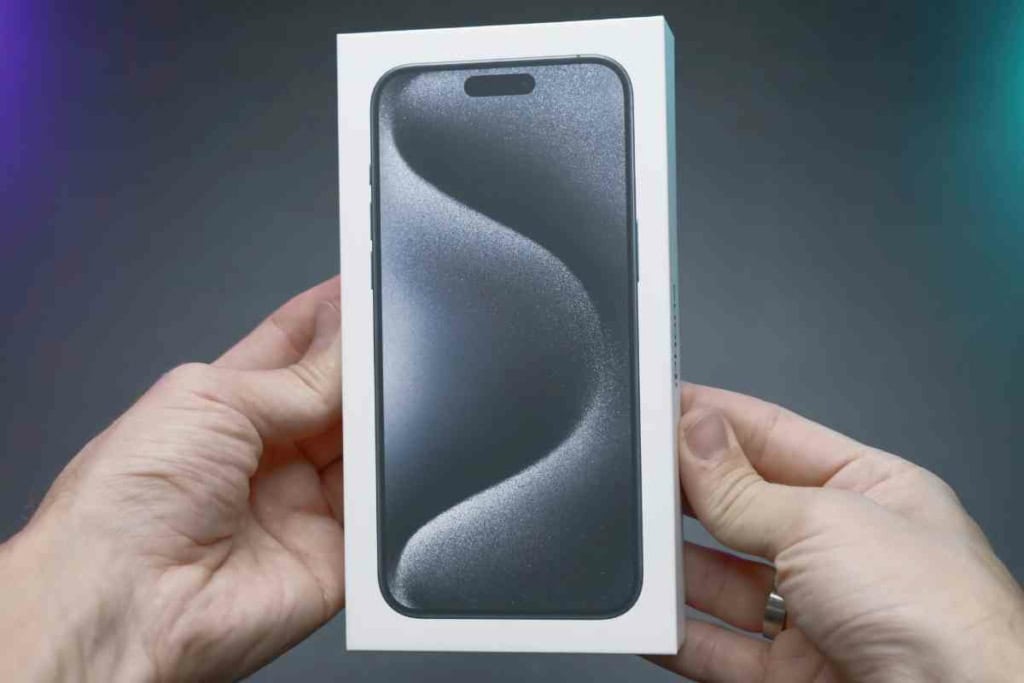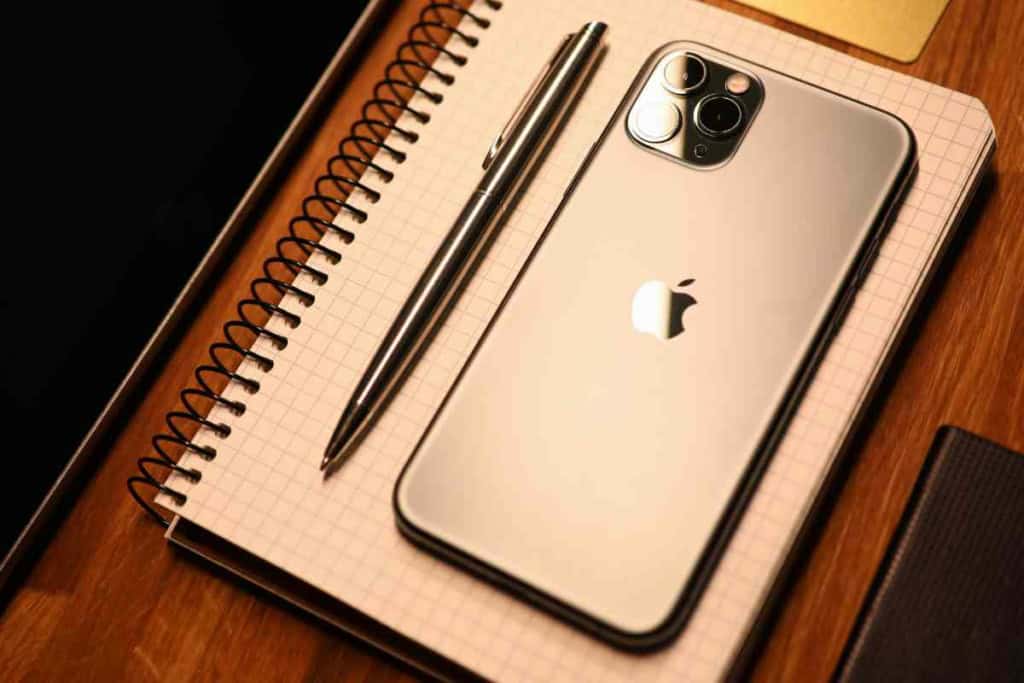iPhone 15 Overheating: Quick Fixes for Your Device
Are you feeling the heat from your new iPhone? If your iPhone 15 seems hotter than usual, you’re not alone. Many users have reported overheating issues, which can be worrying.

Related Post! Do iPad Cases Cause Overheating?
Why Is My iPhone 15 Overheating?
Your iPhone 15 might be overheating due to heavy app usage, outdated software, or background processes straining the CPU. Ensure your iOS is updated and limit intensive tasks, especially when charging. Checking settings for unnecessary background activity can also help manage the device’s temperature effectively.
However, the good news is that there are ways to manage and mitigate these concerns effectively.
What To Do If Your iPhone 15 Overheats
Explore Your Settings App
Another crucial area to monitor is your settings app. Making small tweaks here can significantly affect your iPhone’s battery life and overall performance, potentially reducing overheating. It’s also essential to check for recent updates—Apple frequently releases software patches that can resolve overheating by optimizing the phone’s performance.
Utilize Apple Support Resources
Don’t overlook the wealth of resources available through the Apple support community. Familiarize yourself with the Apple Support Community Terms of Use and leverage the use of the site to find guidance and support. The Apple footer in these forums often includes critical links for managing your Apple ID and accessing the latest updates.
Engage with the Community Forums
For most Apple customers, the initial troubleshooting step involves visiting community forums. These platforms serve as valuable electronic forums where users exchange user tips and solutions. Whether you’re seeking a possible solution or just want to share your experience, these forums can be incredibly helpful. Look for threads with a high upvote arrow count, as these often contain the most beneficial information.
Practical Tips to Enhance Your iPhone Experience
- Battery Management: Regularly monitor your battery’s health and usage to pinpoint any apps that might be causing excess heat.
- Proper Charging: Always use an Apple-certified charger to ensure optimal charging conditions and prevent overheating.
- Active Feedback: If you encounter persistent issues, provide feedback directly to Apple. Your reports can help improve the efficacy of future updates.
By embracing these strategies, you can enhance your iPhone 15 experience and ensure your device operates efficiently and coolly. Whether adjusting settings, engaging with the community, or utilizing official support, there’s always a way to improve your situation and enjoy the innovative features of your new iPhone without the extra heat.
Related Post! Can You Overcharge An iPhone? Dangers Of Charging Overnight

Troubleshooting and Resolving Overheating
Many Apple customers have reported this potential issue, particularly with the latest model. Here’s a structured, informative guide to help you tackle and understand the overheating issue, ensuring your device operates at its best.
Stay Updated with Software Patches
Apple frequently releases software updates aimed at resolving potential issues such as overheating. For instance, iOS 17.0.3 was specifically rolled out to fix bugs contributing to excessive heat. Ensuring your device is always updated is a key step in mitigating overheating problems.
Monitor and Manage Apps
Background activity from third-party apps can often strain the processor and contribute to overheating. Here’s what you can do:
- Regularly close apps running in the background to lessen CPU load.
- Limit the use of resource-intensive applications like gaming or video streaming apps, especially when your device is charging.
Understand Hardware Influence
The iPhone 15’s hardware components, such as its processor and chassis material, play significant roles in heat management:
- Chassis Material: The new titanium model, such as the iPhone 15 Pro, offers different thermal properties compared to aluminum models, potentially influencing how heat is dissipated.
- Processor: The powerful A17 chip in the latest models can generate more heat, especially under heavy use.
Practical Tips for Cooling Down Your iPhone
Here are some effective strategies to prevent your device from overheating:
- Adjust the brightness of your screen and turn off unnecessary background app refresh settings.
- Ensure good airflow around your device when charging or using high-performance features to aid in heat dissipation.
- Use an Apple-certified charger; third-party chargers can sometimes cause additional heating.

Frequently Asked Questions
Is it normal for my iPhone to get warm during charging?
Yes, some warming is normal, but excessive heat could indicate a problem. If your iPhone feels too hot to handle, it’s worth investigating further.
How can I prevent my iPhone from overheating?
Avoid direct sunlight, use suitable protective cases, and avoid heavy multitasking during charging to help keep your iPhone cool.
Has Apple provided a solution to these overheating issues?
Yes, Apple has addressed the overheating issues through software updates and recommends keeping your device up to date. Users facing ongoing problems should consult Apple Support.
Engaging with the Apple Community
If you’re looking for user tips or a helpful answer, the Apple Support Community is a fantastic resource. The conduct of any third parties and the use of the content on these community forums are governed by Apple’s community terms of use, ensuring a reliable and respectful environment for all users.
By following these steps, you can enhance your iPhone 15’s performance and resolve any overheating issues. Stay informed, stay cool, and make the most out of your new iPhone!